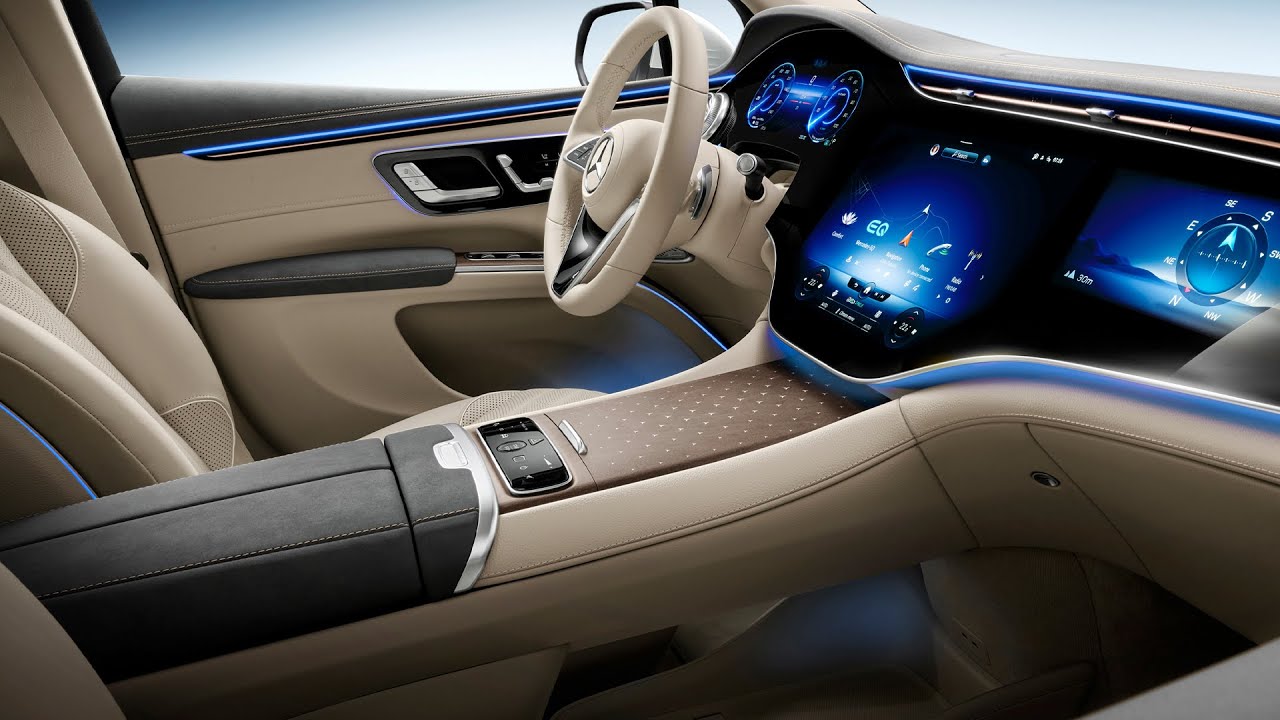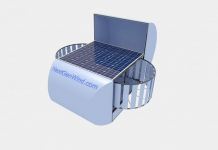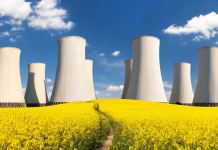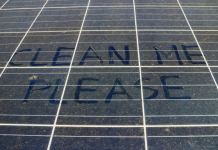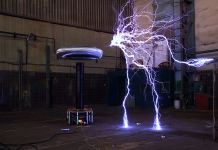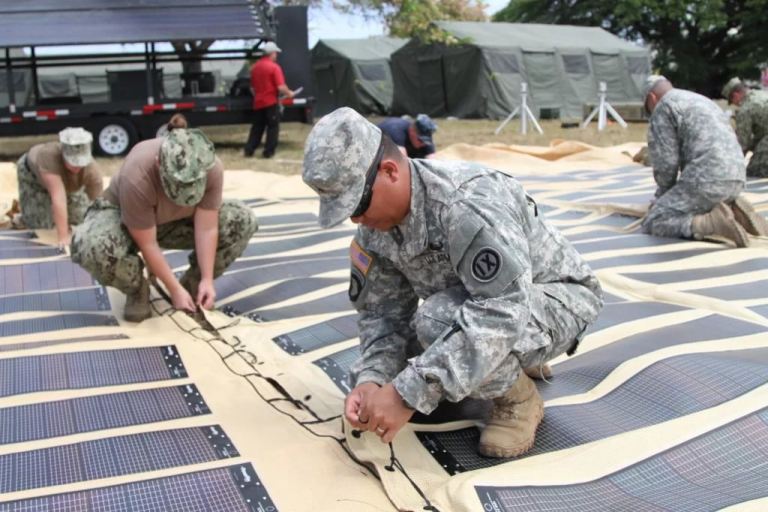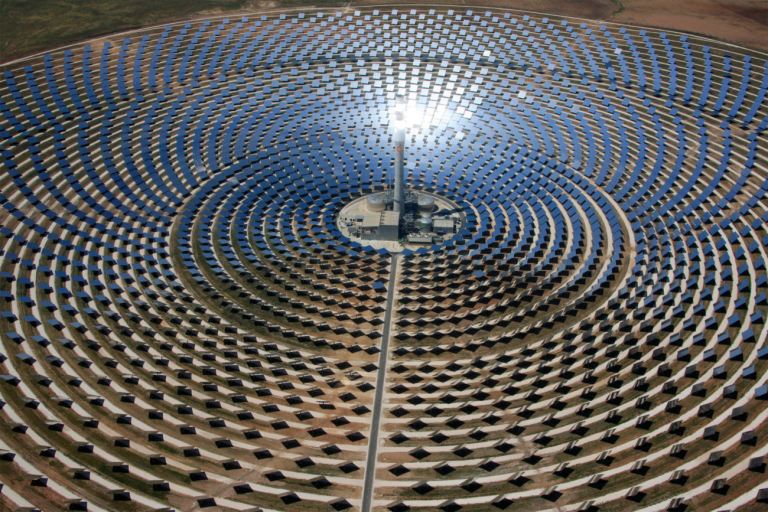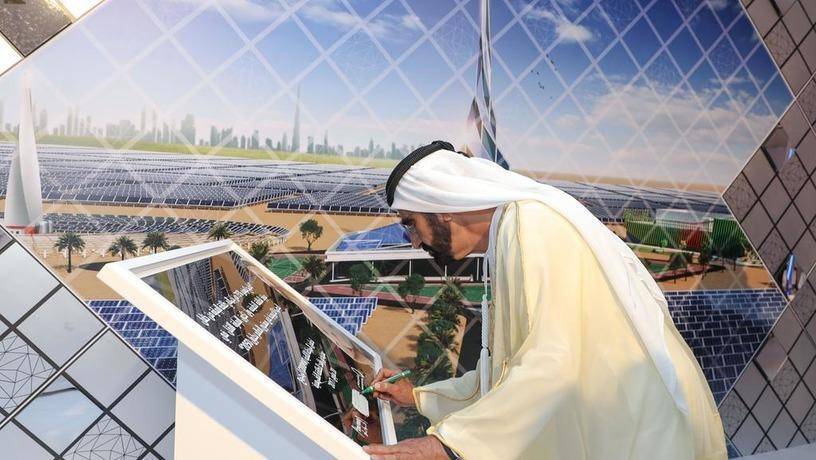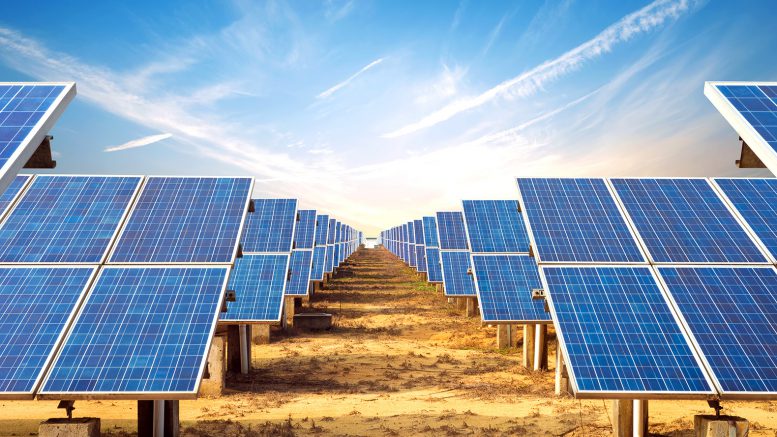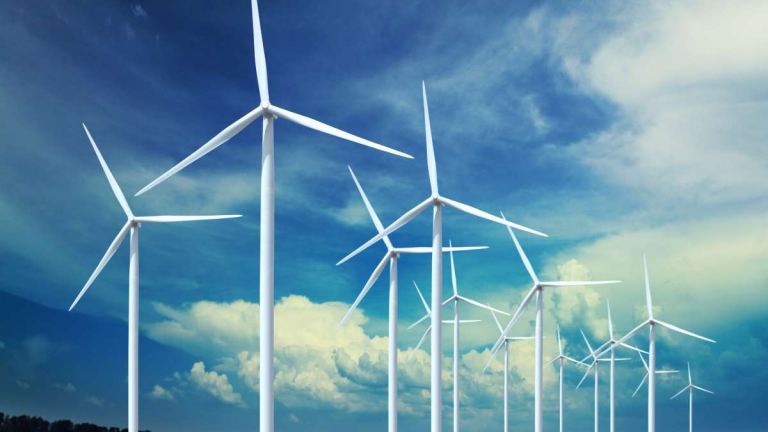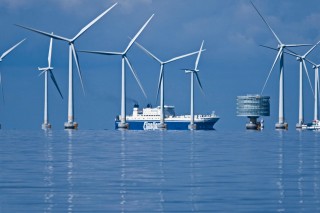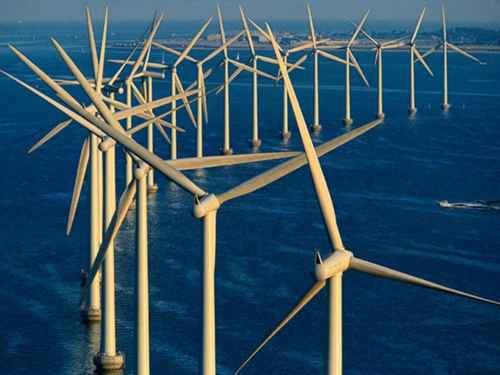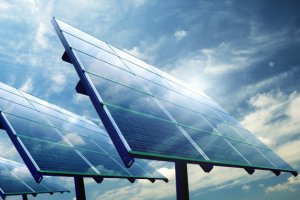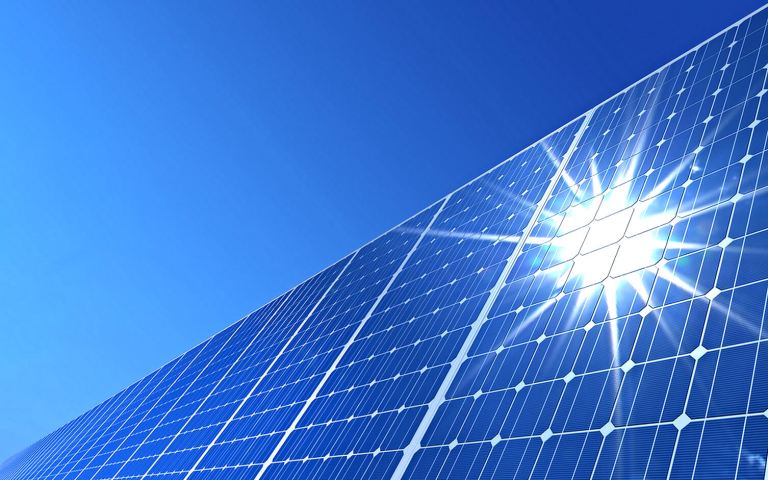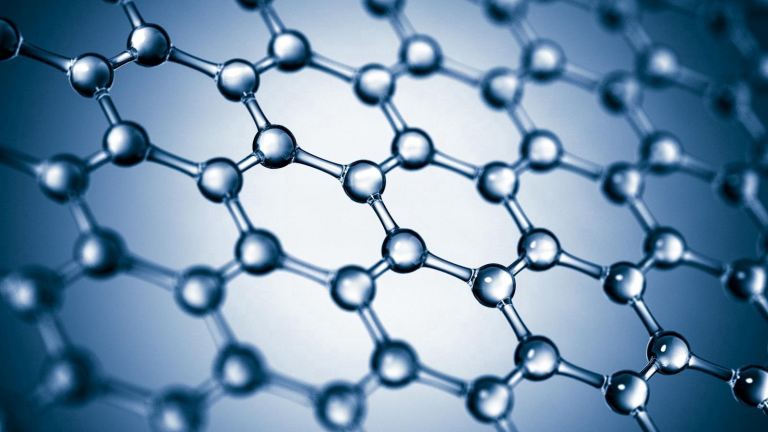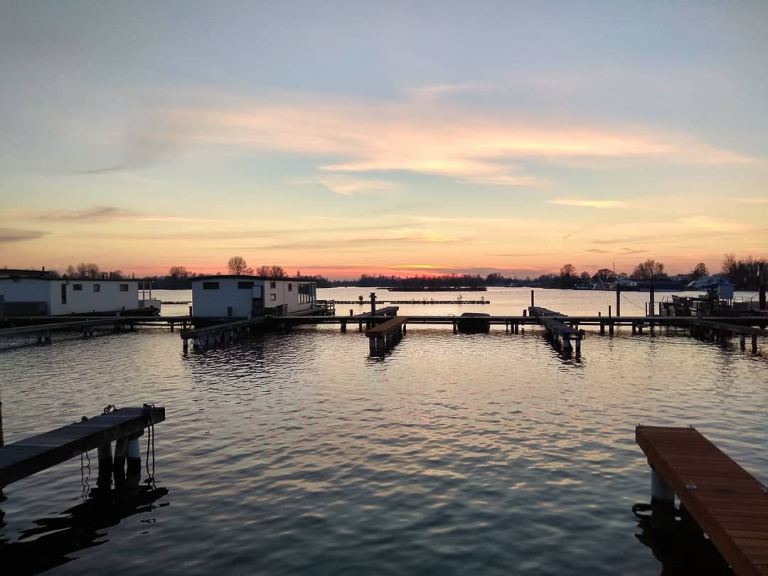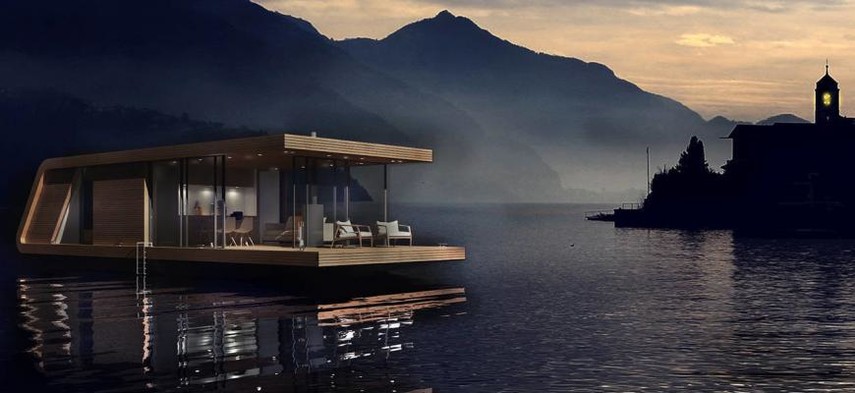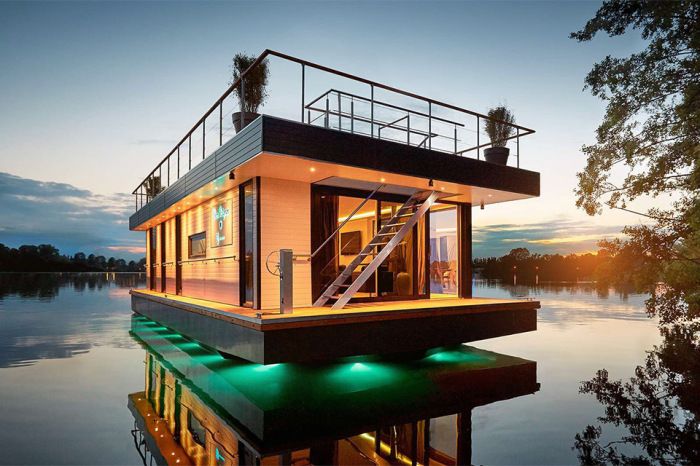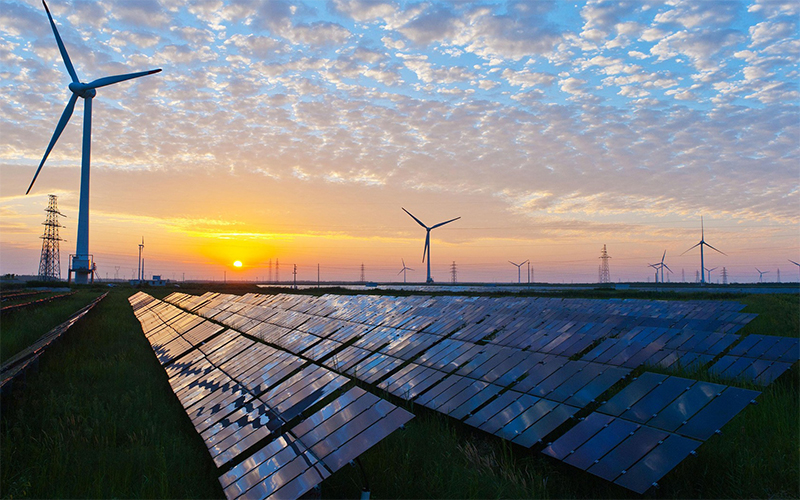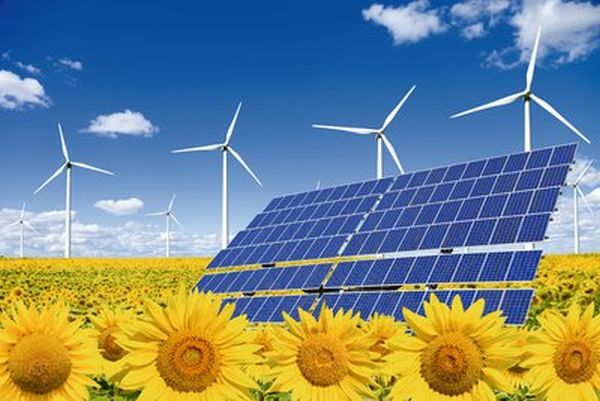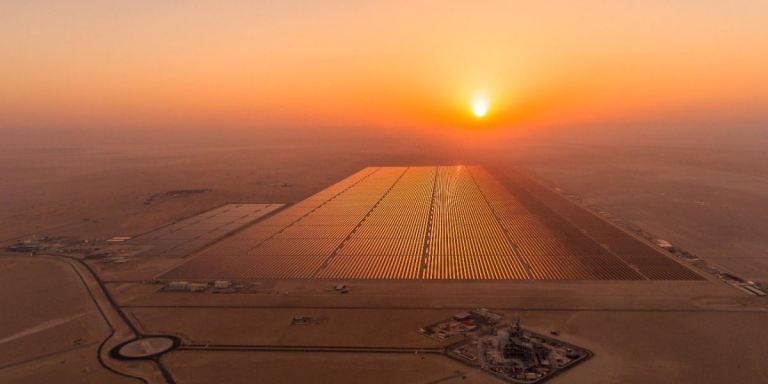In June 2017, shortly after President Donald Trump decided to withdraw the United States from the Paris Agreement, the largest US army base, Fort Hood, Texas, began to cover half of its needs with renewable energy. This is only one of the projects in the field of renewable and alternative energy sources, developed, implemented and controlled by the Military Energy Initiatives Initiative (OEI), carried out in the framework of public-private partnerships. A portfolio of projects manned by OEI can generate about 300 megawatts of power.
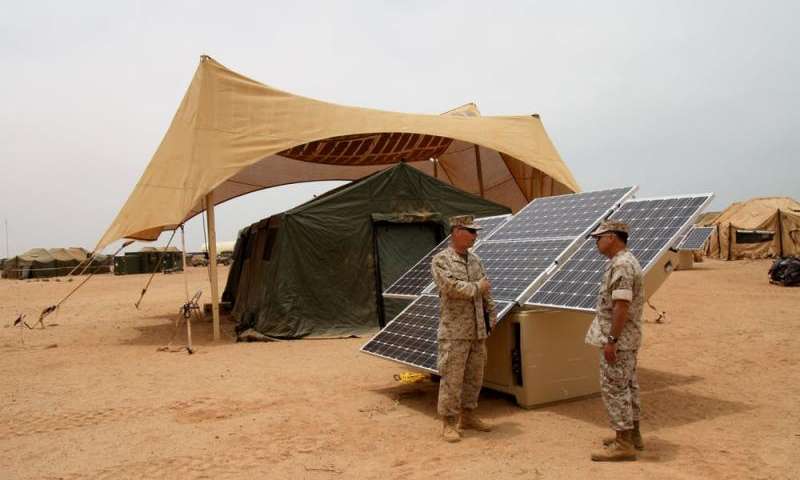
The first steps to develop alternative sources of energy were taken by the US military as early as 2007. Then Republican President George W. Bush signed a law committing the Pentagon by 2025 to receive a quarter of the energy used by buildings from renewable sources.
Work on renewable energy is gaining momentum with the arrival of Barack Obama in the place of US President. Then the task of the army, the ground forces, the air force and the fleet was the development of technologies to produce renewable energy and striving for a value of 1 gigawatt, as well as the development of new solutions that allow powering combat vehicles with energy. From the time of the First World War, when cars were commissioned, a potential shortage of fuel could determine the fate of individual battles.
According to a study commissioned by the Ministry of Defense, in 2007 alone, 24 convoys were attacked in Afghanistan, and almost 40 convoys with fuel for US bases and military units were attacked in Iraq, leading to the death or serious injury of American soldiers. In war zones, green energy can save the lives of both sides of an armed conflict, because it reduces the number of columns supplying, for example, diesel fuel for generators at US bases. In addition, electric cars or a hybrid drive allow soldiers to safely move around enemy territory. In the sea, gas-electric hybrids not only save fuel, but also reduce the number of stops needed to fill fuel tanks, during which people are vulnerable to attack.
Green Energy supplies US bases and ships
In 2007-2015, oil consumption by the American army decreased by more than 20 percent. However, traditional military fuel suppliers such as Exxon Mobil, BP and Shell will not lose their contracts, even if the army accelerates work leading to the abandonment of fossil fuels. “As we change our fuel plans, we will adapt and continue to provide our customers with the products they need,” a BP Reuters spokesman said, answering questions about the potential impact of the growing use of renewable fuels by the US military. In 2007-2015, the average annual cost of purchasing fuel for US troops was approximately $ 14.28 billion.
The struggle for the energy independence of US Army soldiers is not only associated with a direct battlefield. The flagship project currently being implemented by the OIE is the construction of a hybrid, solar and wind installation in Fort Hood, Texas, consisting of 63,000 solar panels located at the base, and 21 wind turbines installed outside.
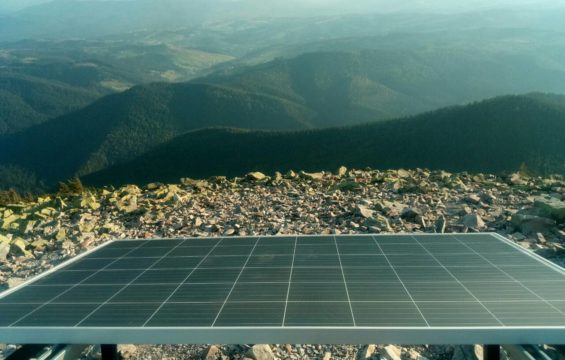
The base can now produce up to 65 megawatts of power. The transition from fossil fuels to wind and solar energy is designed to protect this base, which has 36,500 active employees and about 6,000 buildings. Previously, about 77 percent of the energy consumed by the infrastructure at Fort Hood accounted for fossil fuels.
The implementation of the largest renewable energy project in the US Army saves about $ 2 million a year on electricity. Over the next 30 years, savings are expected to reach $ 100 million.





